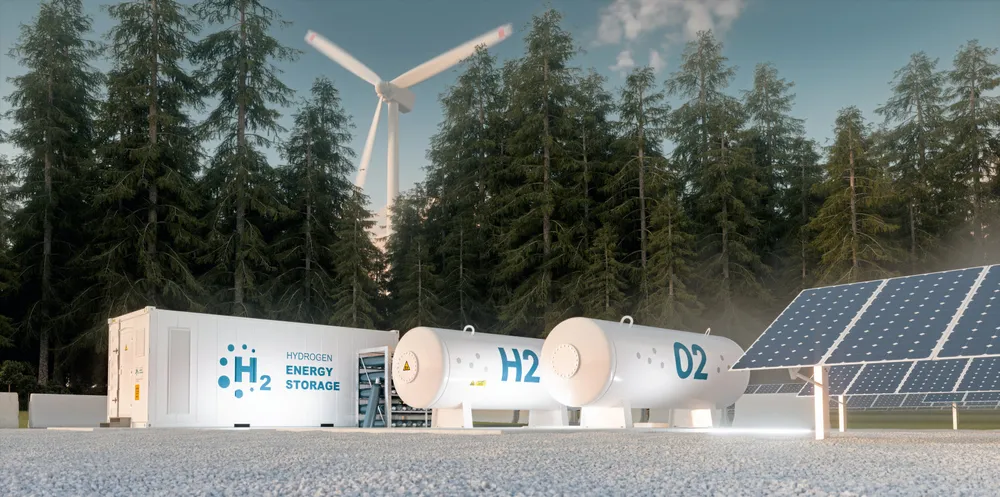'By 2030, blue hydrogen will make little economic sense' versus green: BNEF
Latest sector report from researcher forecasts renewables-fuelled H2 will undercut fossils-powered varieties and be cheaper than natural gas by mid-century

Green is the new black. Subscribe to Accelerate
Get the market insight you need into the global oil & gas industry's energy transition – from the new newsletter from Upstream and Recharge. Sign up here
“Such low renewable hydrogen costs could completely rewrite the energy map. It shows that in future, at least 33% of the world economy could be powered by clean energy for not a cent more than it pays for fossil fuels,” said BNEF lead hydrogen analyst Martin Tengler.
“But the technology will require continued government support to get there – we are at the high part of the cost curve now, and policy-supported investment is needed to get to the low part.”
BNEF predicts the cost of producing hydrogen from renewable electricity should fall by up to 85% from today to 2050, leading to costs below $1/kg ($7.4/MMBtu) by 2050 in most international markets.
“By 2030, it will make little economic sense to build blue hydrogen production facilities in most countries,” said Tengler, “unless space constraints are an issue for renewables.
“Companies currently banking on producing hydrogen from fossil fuels with CCS [carbon capture and storage] will have at most ten years before they feel the pinch. Eventually those assets will be undercut, like what is happening with coal in the power sector today.”
“On one hand the reduction in the forecast was surprising, on the other hand not. This is how it goes with clean energy. Every year it gets cheaper, faster than anyone expects. The key driver is the falling cost of PV electricity [which] we now think will be 40% cheaper by 2050 than what we had thought just two years ago.”
(Copyright)The cost of green, blue and grey hydrogen
According to the International Energy Agency (IEA), grey hydrogen is currently available at $1-3/kg, while CCS to turn it blue would add at least $0.50/kg. Green H2 from onshore wind and solar costs $2.50-6/kg, the agency says. Analyst Bloomberg NEF expects the cost of green hydrogen to become cheaper than blue by 2030.
Of course, it is hard to make any firm cost predictions, given all the variables involved. The cost of green hydrogen will vary wildly depending on the price of the electricity used to power the electrolyser and the numbers of hours the electrolyser is in operation per year — and that’s without factoring in the cost of storage and distribution. And the cost of blue hydrogen will depend on the price of natural gas and the cost of capturing and storing the CO2.